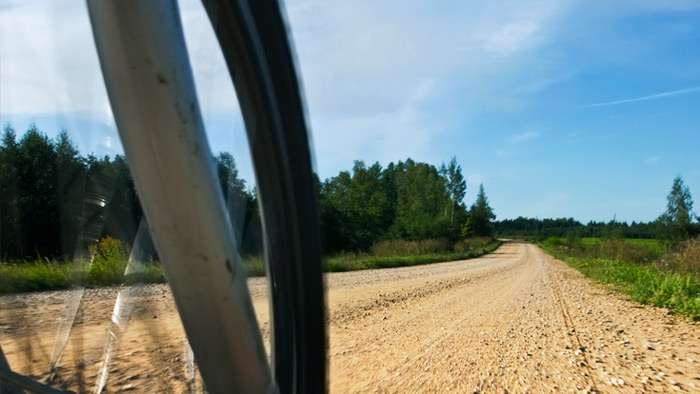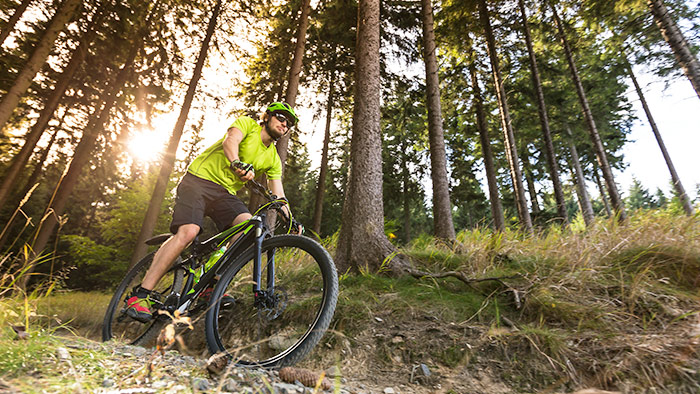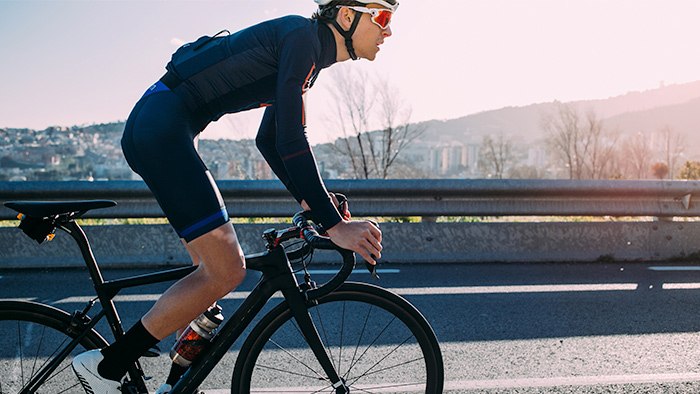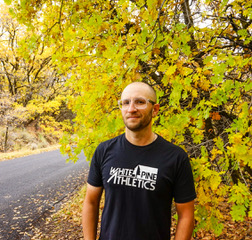Gravel grinders are akin to gran fondos, but held off-road. Some events offered are races, while others are simply a “challenge”. It generally takes place in a forested area on gravel roads, fire-access roads, or well laid trails. The ride has unique qualities that separates it from most other cycling events. However, grinders are most closely associated with mountain bike events. While most participants prefer a cyclocross (CX) bike, a mountain bike (MTB) can be used too.
Gravel grinders bring together different disciplines of cycling. First, the courses are designed to be technically difficult requiring good bike handling skills. Second, depending on the location, the route could be very hilly and offer different types of climbs from short and steep to long sections. Finally, most gravel grinders are lengthy, not necessarily in distance, but in time required to complete them.
1. Bike Handling
Given the nature of the gravel grinder event, most courses are technically challenging. Obviously, grinders are most commonly held on gravel roads. Some organizers might throw in an actual dirt trail to take the riders from one section to another. “Old” gravel roads tend to be a favorite of the riders. The gravel here is hard packed and easier to ride on. The “fresh” gravel makes it more difficult for the rider. The stones move more under your wheels and slowly suck your power. The newer gravel can also cause sudden changes in direction for your front wheel requiring you to be more focused on your bike handling. Besides worrying about gravel, the rider needs to be able to negotiate their bike around larger rocks and road surface changes such as pot-holes, etc.
One of the best ways to work on your bike handling skills is to get on local gravel roads and practice. Doing this without the “pressure” of the event will allow you to learn how your bike responds to gravel. Another option is to train on MTB trails that are suited for your particular bike. Simply put, the best preparation for bike handling in a grinder is to spend time on gravel.
2. Hill Work
The majority of your training for the gravel grinder can be done on paved roads. Short steep climbs on paved roads are difficult enough, now bring in a very rough surface or loose gravel and it adds a new dimension. You need to be ready to muscle, or power, your way up.
There are two ways to improve your power on the hill- Hill Stomps and Low Cadence riding. Riding at a low rpm forces you to engage your hamstring and calf muscles in the upstroke. This will help you focus on firing the hamstring and calf muscles as your bring your leg up. Be careful when doing low cadence work as it does put extra stress on your knees. If you feel any pain when doing either of these workouts, stop immediately. If the terrain of your gravel grinder event includes long steady hills make sure you include these in your training program.
3. Saddle Time
Most gravel grinders offer time estimates based on the distance. Be prepared to spend that time in the saddle. Riding 45 miles off road is not the same as riding 45 miles on the road due to course difficulty. Where the road version of this might take you two and half to three and a half hours, the off road version could take five hours or more. So train for the time, not the distance. The good news is that training saddle time can be done on any type of road. Build up this target time slowly. If the event is four to six weeks away, your first big weekend ride should be two to three hours.
Before doing the event, look it up, know what the course is like. This will help you be more prepared with what could be one of the most beautiful and challenging rides out there.









